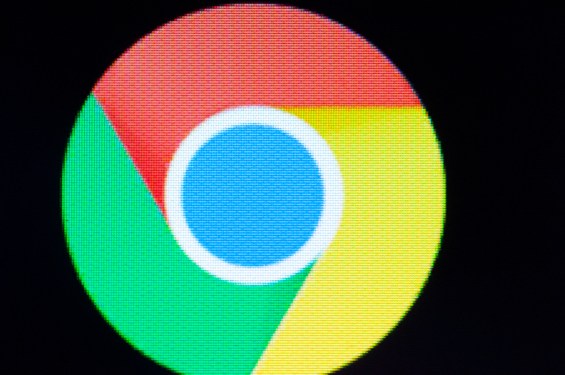Google’s Chrome web browser is about to become much less noisy. The technology giant announced a new feature that will automatically disable browser notifications for the websites you have not interacted with recently. This disrupts their ability to pop up alerts and updates that you may no longer be interested in. The feature will launch on Chrome for Android and desktop.
This new capability expands on existing functionality already available in Chrome’s Safety Check feature, which revokes camera and location permissions from websites you do not visit anymore. The company tacitly admits that browser notifications, as designed, might have been a bad idea. Google says its own data shows users receive a high volume of notifications but rarely interact with them. Less than one percent of all notifications receive any interactions from users.
Still, the tech giant believes some notifications can be helpful, which is why it will not revoke those for installed web apps. The feature will only target sites where there is low user engagement and a high volume of notifications sent. This change alone could push spammy websites that push a lot of notifications to reconsider how many alerts they send, so they will not lose access entirely.
Unwanted notifications have been an issue facing consumers for years. On the iPhone, for instance, Apple was forced to add controls that let users send their push notifications to a daily summary, mute them, or turn them off altogether from the notification message itself. This came after consumer frustrations with the notification system grew.
Google says it will inform users when it is removing notification permissions, allowing users to change the setting back if they prefer. If users would rather Google did not intervene, they can also opt to turn off this auto-revocation feature altogether.
The feature had been in testing ahead of its official launch. Google found that these changes did not significantly impact the total number of clicks on notifications, an indication that people were not really engaging much with these pop-ups to begin with.

